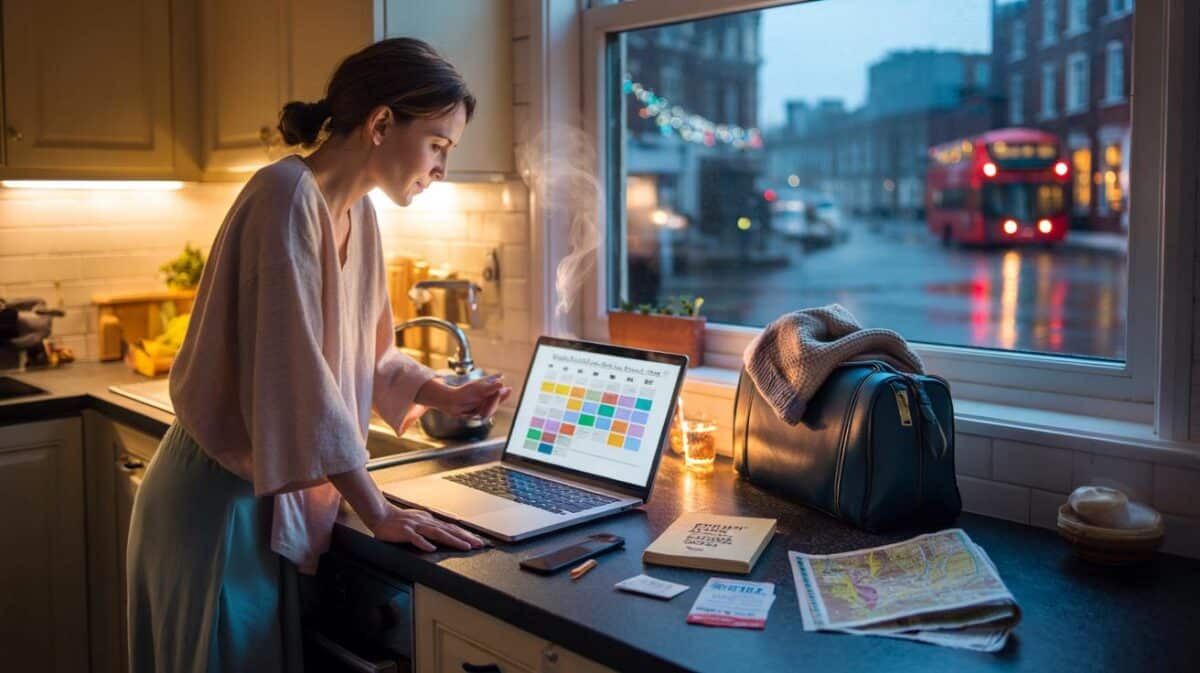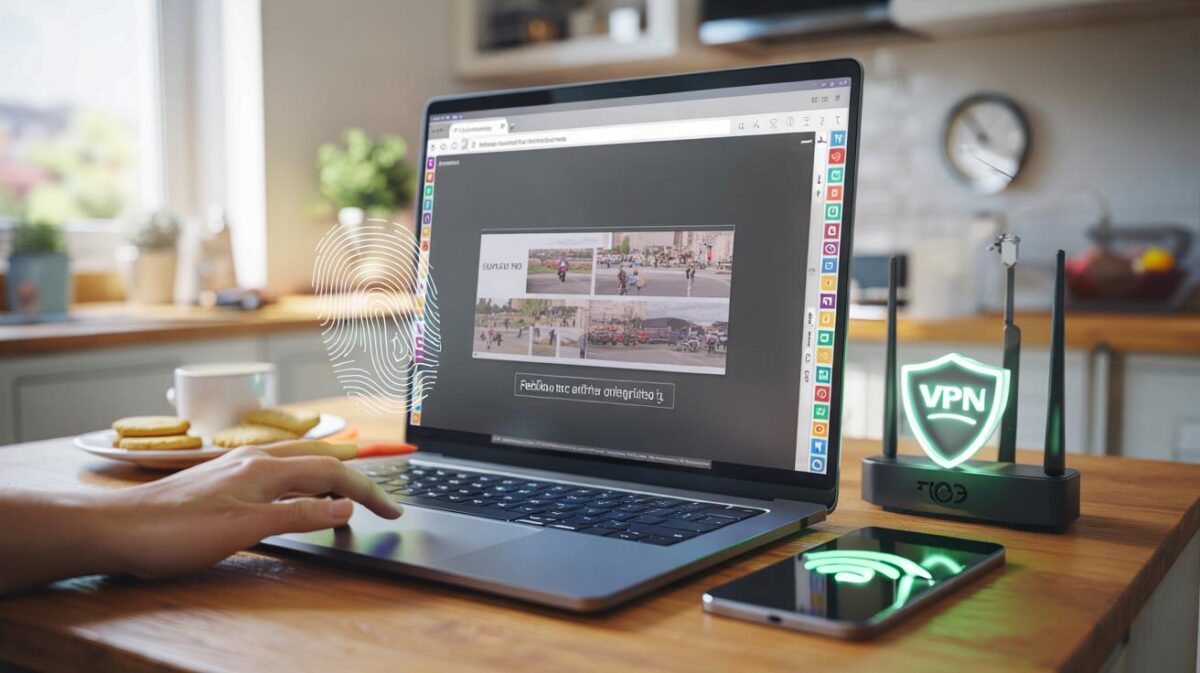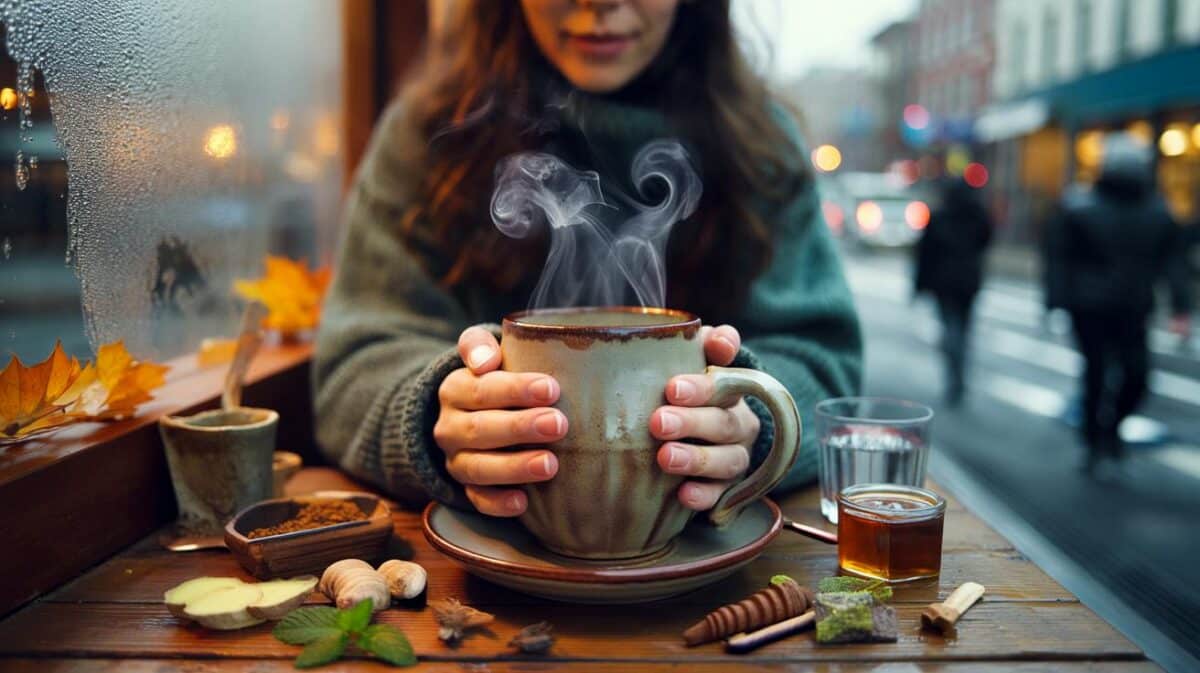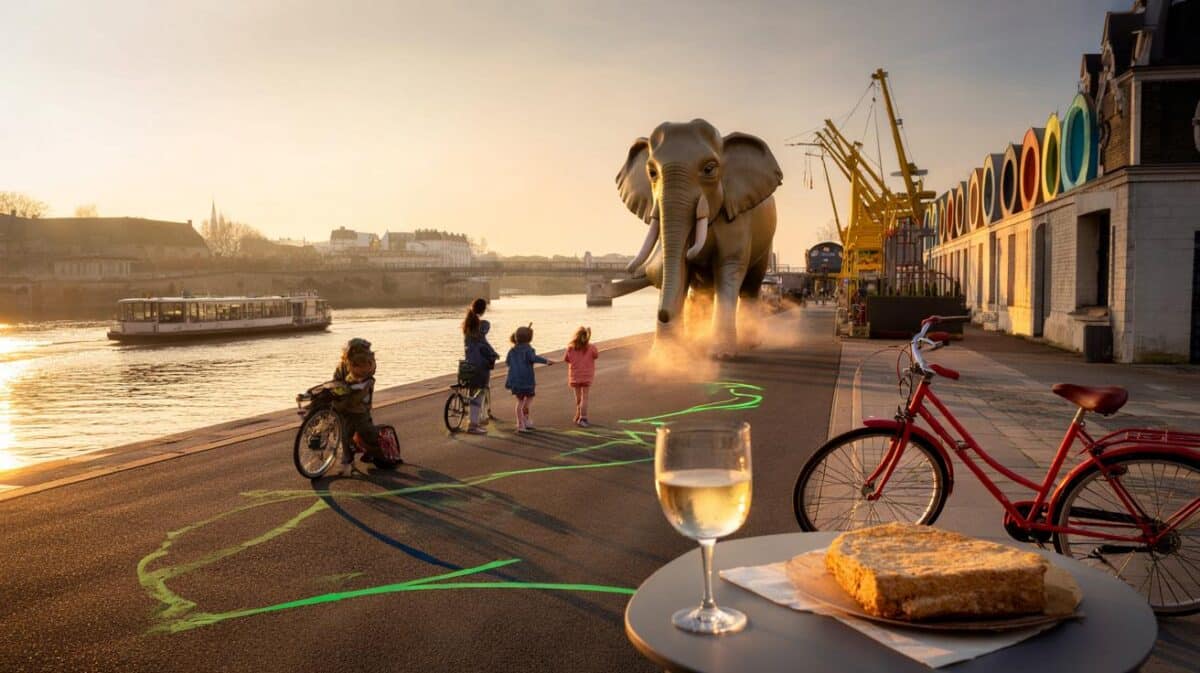We scroll fast, judge faster, and live inside thumbnails that glow a little brighter than life. The result is a daily tug-of-war between what’s staged and what’s true, and we’re all part of the set.
Rain rattled the bus shelter as a billboard promised “Endless Summer” in a blue that doesn’t exist. A teenager nearby was filming her lunch for Stories, tilting the box until the chips looked like a postcard. The man next to me swiped past six immaculate kitchens, then checked his balance with a sigh you could feel. Two pigeons strutted by like critics who’d seen it all. The ad’s horizon stayed spotless while a puddle swallowed my shoe. The city hummed. The glass shimmered. Then the light changed.
Illusion is cheaper than reality (and why we keep buying it)
We’re living in an attention market where polish wins the first click. It’s faster to fake a golden hour than to wait for one, and algorithms reward whatever pops on a small screen. That isn’t a crime; it’s a new physics. Good lighting, tidy copy, a confident voiceover — these are the stagecraft of the feed. We like stories where the edges don’t fray, where the countertop gleams and the inbox is empty. **Illusion** is efficient. Reality takes time.
Take the rental listing with the “sea view”. A friend booked it for a long-delayed break, swayed by a hero shot of rippling blue. In person, the view was real — if you leaned off the balcony and craned past three air-con units, a car park and a humming transformer box. He laughed, then learned the trick: the photo was taken with a long lens, compressing distance until power lines smoothed into a line of haze. It looked real, until it didn’t. He stayed, made tea, and angled the chair toward the sliver of truth.
Our brains are built to fill gaps. We see a polished fragment and complete the promise, helped along by bias and hope. Camera lenses compress space; wide-angle phones widen kitchens; music tells you how to feel. Metrics lean the same way. A spike of views suggests authority, a wall of five-star emojis suggests substance, and your thumb does the rest. This is less a conspiracy than an ecosystem. The incentives nudge creators to brighten, crop, and trim. The rest of us make a bargain: I’ll forgive the varnish if the story gives me something back.
How to spot the seams without killing the joy
There’s a small, practical habit I call the three-tilt test. Tilt your head to ask: what’s missing, what’s cropped, what’s timed? If a thing looks too still, picture the mess just outside the frame. If it screams perfection, ask what it costs to maintain. Then tilt your time: imagine the scene two hours later or a week earlier. Quick check tools help — reverse image search, alt text, geotags, even the weather on that date. You’re not becoming a cynic; you’re learning to read.
Common traps are human. We compare our day to someone else’s highlight, then take that punch personally. We confuse a good trailer for a good film. Let’s be honest: nobody actually does that every day. If you catch yourself spiralling, hit pause and swap lenses. Ask what the creator stands to gain, but also what they risked sharing. Many people are trying to earn rent, or find a voice, or both. A little grace lowers the temperature, and lowers your blood pressure too.
We’ve all had that moment when a reveal ruins the trick and you wish you could unsee it. Don’t aim for that. Aim for friendly doubt. Think like a stagehand who wants the show to work, yet cares how it’s built. Below the froth sits a richer story: where the light came from, who held it, who edited at 2am so you could smile at 8.
“The camera never lies,” said no working photographer ever. “It chooses.”
- Do a context scan: creator, date, place, motive.
- Check edges: reflections, shadows, duplicated pixels.
- Ask the cost: time, money, expertise, access.
- Swap mediums: read the transcript, listen without visuals.
- Sleep on big decisions sparked by small squares.
When honest tricks help, and where they cross the line
Not every flourish is a fake. Theatre lights tell you where to look, architects hide vents to give you a clean ceiling, and a UX micro-animation makes a form feel kinder. These are illusions in service of function. They reduce friction, nudge clarity, create mood. **Reality** isn’t just what the camera sees; it’s also what the brain experiences. A good framing can make a truth audible that raw footage would drown out. That’s not deceit. That’s craft.
There’s a café near my flat that handwrites the day’s menu in chalk. The chalkboard is theatre — often the soup was planned last week — yet the handwriting slows you down enough to choose with care. Restaurants play with decoy prices; it keeps the lights on and the portions sensible. Therapists use virtual reality to ease phobias with controlled exposure; the fear is real and so is the relief. AI can remove glare from a museum photo so you can see a painting clearly from your sofa. That’s a humane trick, not a con.
Lines blur when the gloss changes the substance. When filters reshape a face into a different bone structure, consent gets messy. When product shots hide safety labels or shrink a portion beyond recognition, trust corrodes. Context and intent matter. Are we sharpening or disguising? Are we crediting the scaffold as well as the star? The fix isn’t to outlaw stagecraft; it’s to build norms. Declare edits that change meaning. Pay attention to power: who benefits, who bears the cost, who gets to answer back. **Friction** isn’t the enemy — sometimes it’s integrity.
There’s a strange relief in naming the trick. The second you spot the long lens, the rental’s “sea view” becomes a choice, not a trap. That choice scales. You can still enjoy the glow of a travel vlog while knowing the drone flattened the hills. You can still trust a brand that cleans up audio, if it publishes mishaps and repairs. Real life will never compete with the feed on colour grading. It wins elsewhere: texture, unpredictability, the laugh that interrupts a perfect take. That’s where stories earn their keep, and where the day feels lived, not streamed.
| Point clé | Détail | Intérêt pour le lecteur |
|---|---|---|
| Spot the lens | Ask how framing, compression, and edits shape what you see | Fewer surprises, smarter choices |
| Context over gloss | Scan creator, motive, time, and missing parts | Better trust calibration, less anxiety |
| Honest stagecraft | Use helpful illusions, flag those that change meaning | Keep the joy, keep your standards |
FAQ :
- What’s the difference between curation and deceit?Curation selects and arranges without changing the core facts; deceit alters the core or hides risks that would change your decision.
- How do I spot an AI-generated image on my phone?Look for unnatural hands, warped text, mismatched lighting, and repeating textures. Zoom on jewellery, ears, and shadows.
- Should I stop using filters altogether?No need. Use filters like seasoning — to amplify mood, not to rewrite identity or claims.
- How can I teach kids the difference without making them cynical?Turn it into a game: “Find the crop,” “What’s outside the frame?” Celebrate the craft and talk about motives.
- Can businesses use illusion ethically in marketing?Yes. Show your product at its best, disclose material edits, and avoid techniques that hide defects or inflate capability.









Super article, le test des trois-tilts va direct dans ma routine !